We tell you the history of the cell phone or mobile phone, what are the different generations until today and their characteristics.
The History of the cell phone
The history of the cell phone, cell phone or mobile phone, is the sequence of developments, technological innovations and scientific discoveries that have allowed the creation of mobile phones . It also includes their evolution over time to become the multifaceted tools we use today.
The cell phone is a stand-alone telecommunication device . It allows you to perform different operations such as calls, text messages and, more recently, access to the Internet and various digital applications. It is an indispensable device in today's world, whose history evidences the great technological changes that have crossed societies since the end of the 20th century .
Cell Phone background
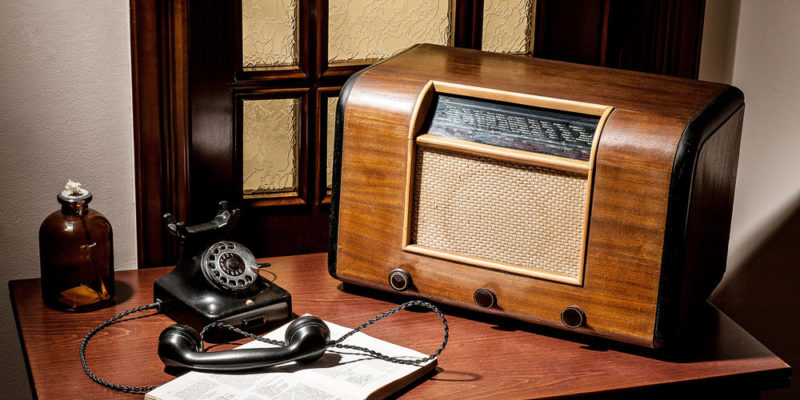
Long before the cell phone, telephones were invented by Antonio Meucci in the late 19th century and patented by Alexander Graham Bell. It was designed to transform electrical impulses into the human voice . Over almost 100 years of history, the phone has evolved a lot to become the devices that we have (albeit less and less) in our homes.
However, for the cell phone or even the cordless to be possible, radio had to be discovered as well . In other words, the cell phone required the development of information transmission via electromagnetic waves and, later, through satellite microwaves.
Once these two technologies were discovered , it was a matter of time until the first “wireless” phones appeared.
The world's first cell phone
The idea of making a cell phone is not as new as its manufacture, since in 1947 the engineer DH Ring had already proposed some sketches to Bell Laboratories . However, they lacked the technology to make them.
In the 1960s, all the big telecommunications companies used the same concept , and competed to be the first to make it effective. Finally, the first company to design a cell phone was Bell Laboratories, whose patent was approved in 1972.
However, the first cell phone prototype was demonstrated in 1973 by Motorola , using a call from Martin Cooper on a New York street. The phone was a DynaTAC 8000X model and the call was actually made to its biggest competitor in the area, Joel Engel of AT&T Bell Labs.
The DynaTAC 8000X went on the market in 1984 . It weighed about 1 kilogram and measured 33 x 4.4 x 8.9 centimeters. Its battery allowed just one hour of communication or a standby of eight hours on the network.
The first generation or 1G
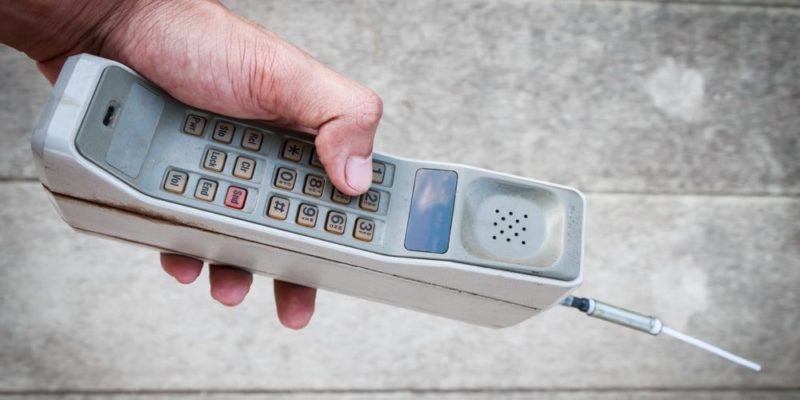
In the 1980s, Ameritech Mobile Communications , LLC, the first company to provide cell phone service, appeared. To do this, it used analog radio channels (frequencies around 450 MHz) with frequency modulation (FM). Some of the first phones of this type were from the Ericsson company, brand NMT 450.
This generation of cell phones was cumbersome and not very useful by current standards , but it was a huge advance in communication and technology. In 1986 Ericsson modernized its equipment, launching the NMT 900, and companies such as AMPS (Advanced Mobile Phone System) and TACS (Total Access Communication System) operated in the United States and other first world countries.
Second generation or 2G
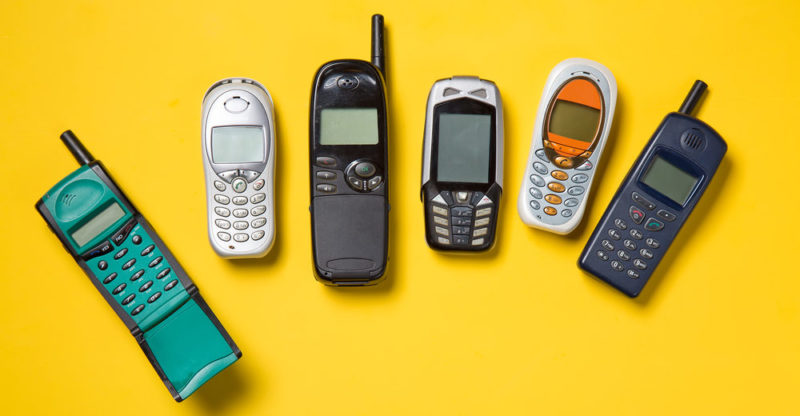
The second generation of cell phones was born in the 1990s . It used GSM systems (Global System for Mobile Communications, a European standard) and frequencies between 900 and 1800 MHz, which represented the step towards the digitization of cellular communications. Improved voice quality and security levels.
On the other hand, the manufacture of terminals became simpler and cheaper . Different models of line management, such as Time Division Multiple Access (TDMA) and Code Division Multiple Access (CDMA), were also used, which allowed the migration from analog to digital without having to make large investments in change. wiring, towers, antennas, etc.
This new technology also allowed roaming and the sale of units at much more competitive prices. In this generation the massification of the mobile phone began.
Generation 2.5
In a short time , EMS and MMS technology was incorporated into the second generation , thus allowing text messaging and multimedia messaging to existing cell phones. In many cases the functionality was limited to receiving them, but units capable of emitting them did not take long to appear.
Since this type of new technology required higher transmission speeds, the networks were upgraded to GPRS (General Packet Radio Service), which allowed speeds of up to 120 kb/s, and EDGE (Enhanced Data rates for GSM Evolution), which carried up to 384 kb/s.
Third generation or 3G
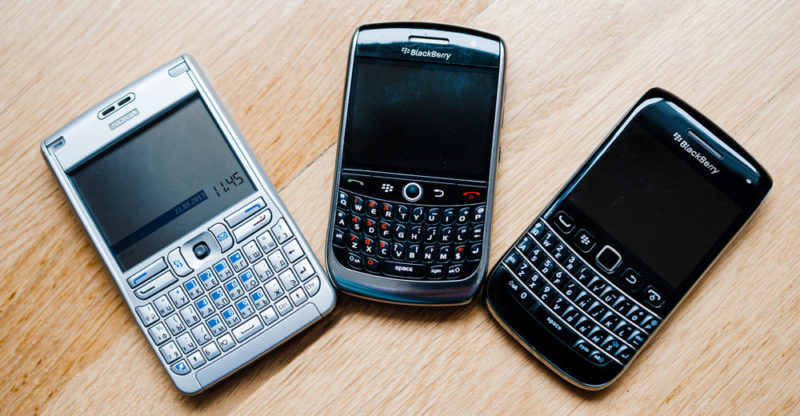
At the beginning of the 21st century, the third generation responded to the need for cell phones with Internet connectivity , video conferencing, television and file downloads, that is, small computers.
The first Smartphones or smart phones belong to this generation , and are responsible for its popularization. For this, a new system was implemented: UTSM (Universal Mobile Telecommunications System) with CDMA technology, capable of reaching transmission speeds of 7.2 Mb/s in optimal conditions.
Fourth generation or 4G
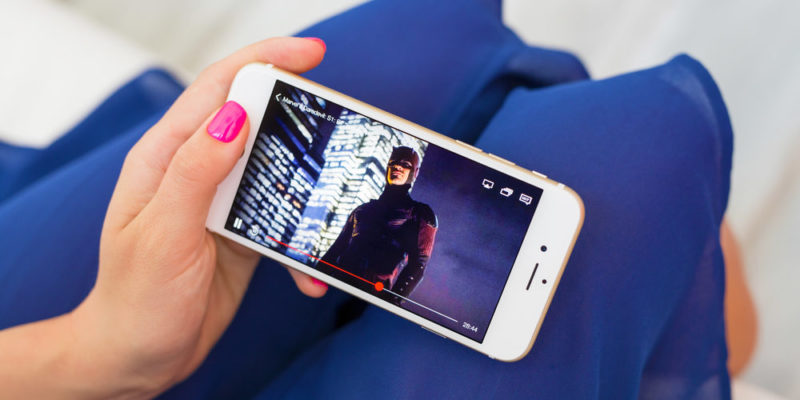
This is the generation of "high-end" or higher-capacity Smartphones, thanks to its high-speed Internet connection (bandwidth) and High Definition (HD) video reception. It is the technology currently used in advanced companies in the world of mobile telephony, and is considered the technological evolution of mobile telephony.
Fifth generation or 5G
The fifth generation of cell phones is currently (2019) under development . Powerful companies such as China's Huawei and Russia's Megafon have been testing since 2014 to manufacture a new generation of technology.
As revealed by the International Telecommunications Union (ITU) in 2017, it is estimated that it will reach speeds of up to 20 Gb/s download and 10 Gb/s upload, optimizing the technology with new standards that are expected to be available by 2020.
The smartphone revolution
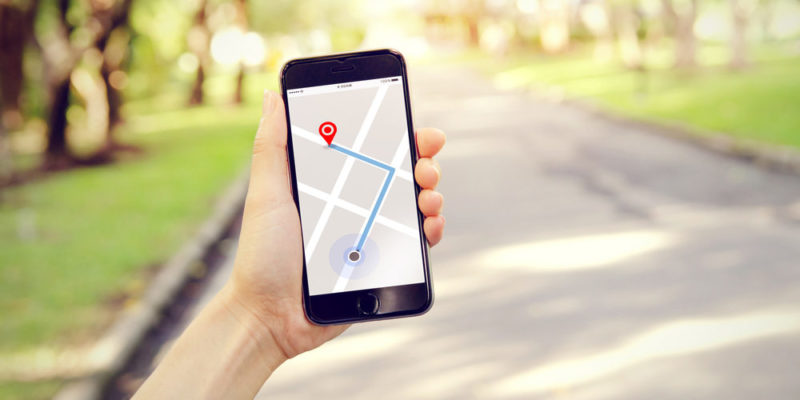
Smartphones were the biggest change in the history of cell phones . On the one hand, it changed functionality, incorporating many aspects of computers. On the other hand, design changed: phones promised to be smaller and more discreet every time, but the arrival of Smartphones introduced the need for large screens.
Faced with the need to display information on screens, keyboards were eliminated and replaced by tactile instructions within the screen , known as touch-screen technology. In addition, more voluminous and rectangular devices were designed.
Cell phone timeline
- 1973. The first cell phone in history, the DynaTAC, is created.
- 1982. The commercialization of 1G cell phones begins.
- 1990. The commercialization of 2G cell phones begins and they become widespread.
- 1992. The first SMS in history is sent .
- 1996. Motorola announces its first mobile phone, the StarTAC.
- 1997. The first cell phone with an integrated camera is announced.
- 1999. The first cell phone with mp3 capability appears, the Samsung sph-m100.
- 2001. The commercialization of 3G cell phones begins.
- 2001. The first cell phone with Bluetooth capability appears, the Sony Ericsson T68.
- 2005. The first cell phone with Wi-Fi capability appears, the Nokia n91.
- 2008. The first Apple cell phone appears , the iPhone, inaugurating the world of Smartphones.
- 2008. The first cell phone with the Linux operating system (Android) is marketed.
- 2009. The boom in smartphone applications occurs.
- 2010. The commercialization of 4G cell phones begins.
- 2011. The first cell phone with Dual Core, of the LG brand, is marketed.
- 2014. The development of future 5G technology is announced.
- 2017. The first Smartphone with a front camera (double camera), of the Alcatel brand, is marketed.
The above content published at Collaborative Research Group is for informational and educational purposes only and has been developed by referring to reliable sources and recommendations from technology experts. We do not have any contact with official entities nor do we intend to replace the information that they emit.
MA student of the TransAtlantic Masters program at UNC-Chapel Hill. Political Science with a focus on European Studies. Expressed ideas are open to revision. He not only covers Technical articles but also has skills in the fields of SEO, graphics, web development and coding. .
Leave a reply
Your email address will not be published. Required fields are marked *Recent post

Sport: What Is It, Types, Risks, Features, Characteristics and Examples

Dogs: Emergence, Features, Characteristics, Feeding and Breeds

Story: Definition, Elements, Structure, Features and Characteristics

